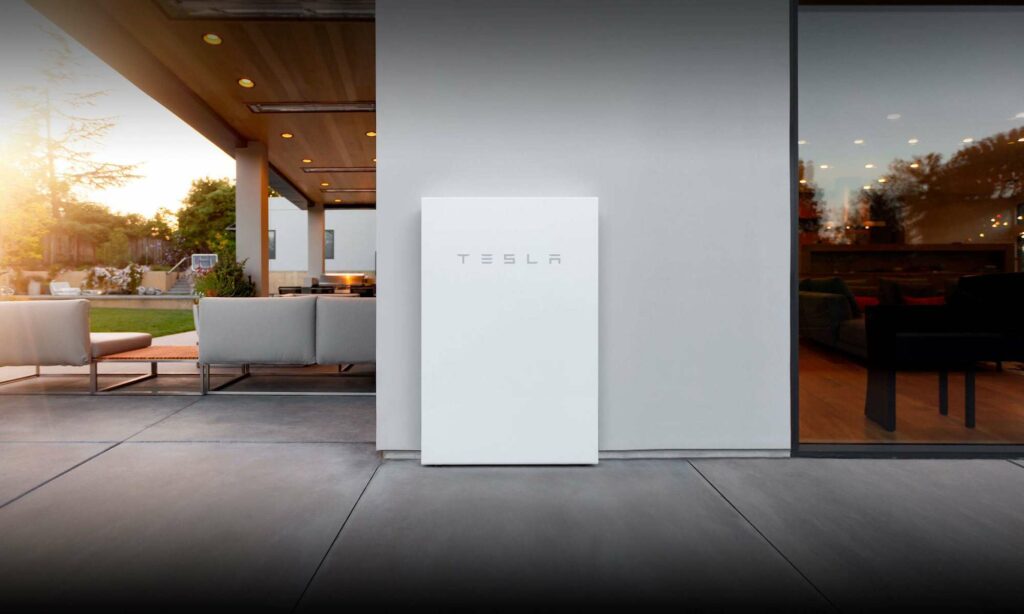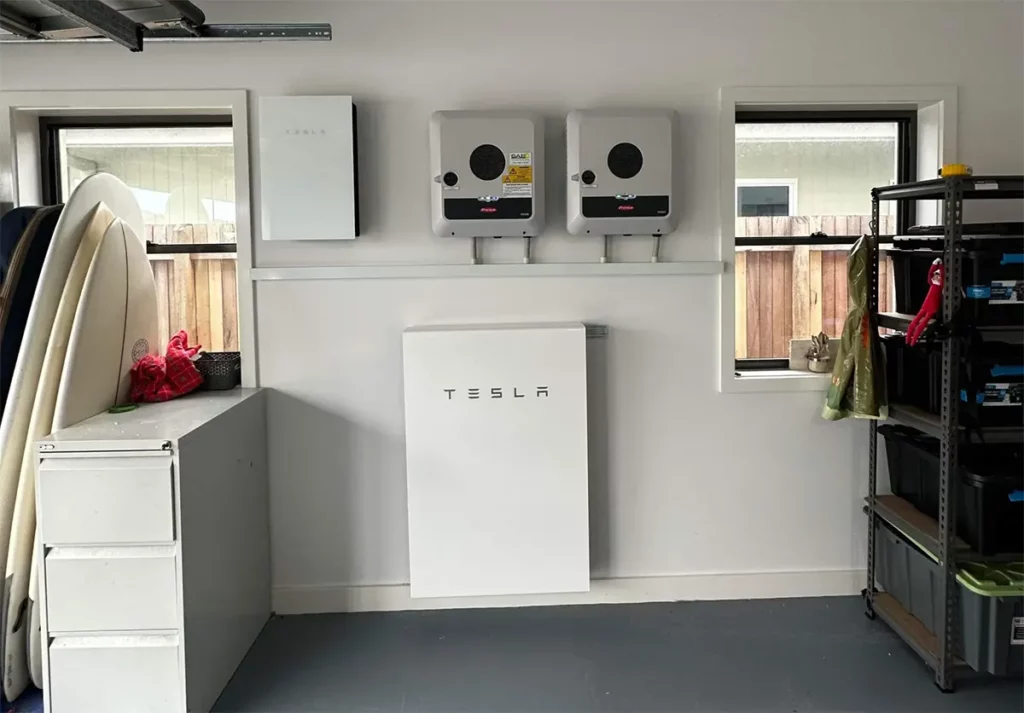Renewable Energy Target Agreement ‘Very Close’
Home » Renewable Energy Target Agreement ‘Very Close’
Environmental Minister, Greg Hunt Meets with Clean Energy Council
Clean Energy Council and the Australian Industry Sector have spoken with Environment Minister Greg Hunt over the weekend. Mr Hunt is hopeful that these fresh talks may lead to an agreement over the Renewable Energy Target (RET). An agreement would add stability to the solar power industry and their residential and commercial customers. However, for an agreement to be reached it will require the Labor’s support.

This appears to be a step in the right direction. Especially after talks seemed to be stalled late last month over RET discussions. It will be interesting to see how Labor responds to this latest information. Many in the solar power industry are keen to find out more about the details covered in the latest round of talks between the Clean Energy Council and the Australian Government,
The Renewable Energy Target set back in 2008 was for 20% of demand, or 41,000 gigawatt hours of renewable electricity by 2020. The Government has since argued the actual figure should be 26,000 gigawatt hours, or what it called a “real 20 per cent”, due to falling household electricity consumption. A final figure on the gigawatt hour target was yet to be agreed in the latest negotiations, though the Clean Energy Council put forward a figure of 31,000 gigawatt hours on Monday, but the industry and Labor rejected that.
However, Mr Hunt has said the parties were close to an agreement and were making “real, significant and important” progress. For those of us involved in the solar power industry, achieving this target is important for a plethora of reasons. The benefits include a reduced carbon footprint, a cheaper source of energy, and our customers enjoy lower living costs. We will keep you informed on how these talks progress.
About the RET
- The renewable energy target was introduced in 2001 by then-prime minister John Howard. Its aim was to create an extra 9,500 gigawatt-hours (GWh) of power by 2020.
- In 2009, the Labor government increased the figure to ensure renewable energy made up the equivalent of 20 per cent of Australia’s electricity (41,000 GWh).
- The Climate Change Authority reviewed the policy in 2012. It found the government should keep its target, despite changing demand forecasts and some electricity generators saying it would drive the cost of power up by billions of dollars.
- The current Federal Government reviewed the target, as interest groups such as the Clean Energy Council warned any cutback would cost billions of dollars in future energy investment.







